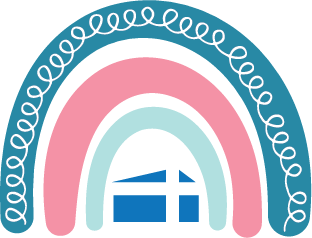 Snow Science
Snow Science
Snowflake Observation On a snowy day, take a piece of black construction paper and catch snowflakes on it. Use a magnifying glass to observe the individual snowflakes. Ask your child to describe the differences between each snowflake, explaining that no two snowflakes are exactly alike.
Melting Snow Fill two bowls equally with snow. Place the bowls on an indoor counter or table. Pour salt on one bowl of snow and leave the other bowl salt free. Ask your child which bowl of snow does he/she think will melt faster; hence they are creating their own “hypothesis” as to the rate of melting that will occur in each bowl. Check back throughout the day to see if their hypothesis was correct.
Expanding Ice When water turns to ice, it expands. Fill an empty can with water, stopping about 1/2 to 1/4 inch from the top of the can. Use a permanent marker to mark the water line on the outside of the can. Put the can on a tray and place it into the freezer. Leave the can in the freezer for a few hours or overnight. The ice will be higher than the water line and will have appeared to have grown overnight.
Snow Ice Cream (For the bravest of parents) Place a large clean bowl outside when the snow begins to fall. When you have approximately one gallon of snow collected, bring indoors. Add one cup granulated sugar and three tablespoons vanilla extract. Scoop into cups and pour milk over the snow for the desired consistency. You can use chocolate milk for extra flavoring. Sprinkle a small amount of sugar over the cup and enjoy.
Follow us on Pinterest to see more ideas for learning adventures.
